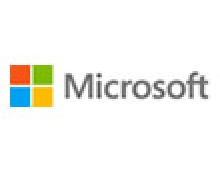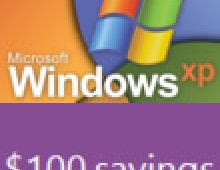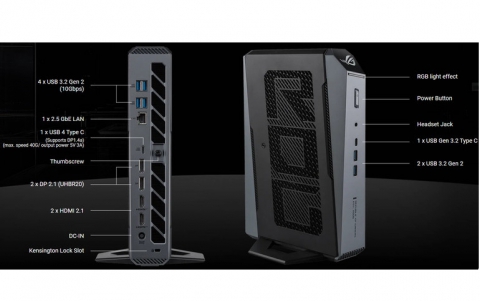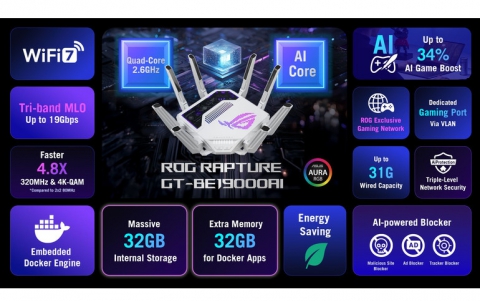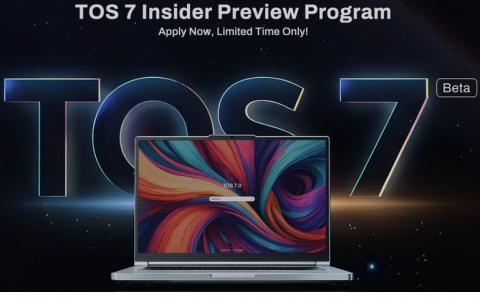
Microsoft sets 2006 target for next Windows version
Microsoft said on Friday it will ship the next version of Windows in 2006, but scaled back plans to include a new system for finding and storing information in its flagship operating system.
That is the first time that the world's largest software maker has committed to a launch target for the ambitious upgrade to Windows, code-named Longhorn, since shipping the current version, Windows XP, in October 2001.
Bill Gates, chairman and chief software architect of Redmond, Washington-based Microsoft, is leading the effort to ship the next major upgrade to Windows, which promises to boost the performance of the world's most widely used operating system.
"Getting Longhorn to customers in 2006 will provide important advances in performance, security and reliability, and will help accelerate the creation of exciting new applications by developers across the industry," Gates said in a statement.
Analysts had been warning that Microsoft's plans for Longhorn were too ambitious and that the company would have to scale back plans. Industry experts had long expected Microsoft to set a 2006 target date for Longhorn's debut.
Delivering the next version of Windows on time has become more of a critical goal for Microsoft after it encouraged large corporate customers two years ago to sign long-term contracts that would give them the right to upgrade to the latest versions of the company's software, rather than pay for each available upgrade.
To get Longhorn shipped on time, however, Microsoft said it had sacrificed a key component of the system that was to be shipped concurrently, the underlying file system for the software, called WinFS.
The new file system, based on database software architecture aimed at making it easier for users to find information stored on hard drives, will be shipped later, with a test, or beta version, of WinFS shipping along with Longhorn in 2006.
"We have had to make some trade-offs to deliver the features corporate customers, consumers and OEMs (original equipment manufacturers) are asking for in a reasonable time frame," said Microsoft group VP Jim Allchin.
Stake in the ground
"In developing software, somewhere you have to put a stake in the ground and there is often some hard trade-offs you have to make," said Michael Cherry, an analyst with Directions on Microsoft, an independent researcher based in Kirkland, Washington.
Cherry noted Microsoft's plans to make some of its programming tools, called WinFX, available to software developers early so that they can build applications that will work with Windows XP, the current version of Windows, as well as Longhorn.
Microsoft did not provide specifications for the type of computer hardware, such as memory, processor and storage, needed to run Longhorn.
Longhorn will include new graphics technology, code-named Avalon, to present advanced graphics effects and three-dimensional images.
Microsoft is also offering a revamped Web services system, code-named Indigo, to allow software and services to work across networks and different devices.
Microsoft's last major desktop software release was Windows XP in October 2001, followed by the launch of Windows Server in 2003.
The Longhorn Server software for networked computers that handle data storage, file management and Web traffic, is scheduled for release in 2007.
Bill Gates, chairman and chief software architect of Redmond, Washington-based Microsoft, is leading the effort to ship the next major upgrade to Windows, which promises to boost the performance of the world's most widely used operating system.
"Getting Longhorn to customers in 2006 will provide important advances in performance, security and reliability, and will help accelerate the creation of exciting new applications by developers across the industry," Gates said in a statement.
Analysts had been warning that Microsoft's plans for Longhorn were too ambitious and that the company would have to scale back plans. Industry experts had long expected Microsoft to set a 2006 target date for Longhorn's debut.
Delivering the next version of Windows on time has become more of a critical goal for Microsoft after it encouraged large corporate customers two years ago to sign long-term contracts that would give them the right to upgrade to the latest versions of the company's software, rather than pay for each available upgrade.
To get Longhorn shipped on time, however, Microsoft said it had sacrificed a key component of the system that was to be shipped concurrently, the underlying file system for the software, called WinFS.
The new file system, based on database software architecture aimed at making it easier for users to find information stored on hard drives, will be shipped later, with a test, or beta version, of WinFS shipping along with Longhorn in 2006.
"We have had to make some trade-offs to deliver the features corporate customers, consumers and OEMs (original equipment manufacturers) are asking for in a reasonable time frame," said Microsoft group VP Jim Allchin.
Stake in the ground
"In developing software, somewhere you have to put a stake in the ground and there is often some hard trade-offs you have to make," said Michael Cherry, an analyst with Directions on Microsoft, an independent researcher based in Kirkland, Washington.
Cherry noted Microsoft's plans to make some of its programming tools, called WinFX, available to software developers early so that they can build applications that will work with Windows XP, the current version of Windows, as well as Longhorn.
Microsoft did not provide specifications for the type of computer hardware, such as memory, processor and storage, needed to run Longhorn.
Longhorn will include new graphics technology, code-named Avalon, to present advanced graphics effects and three-dimensional images.
Microsoft is also offering a revamped Web services system, code-named Indigo, to allow software and services to work across networks and different devices.
Microsoft's last major desktop software release was Windows XP in October 2001, followed by the launch of Windows Server in 2003.
The Longhorn Server software for networked computers that handle data storage, file management and Web traffic, is scheduled for release in 2007.





